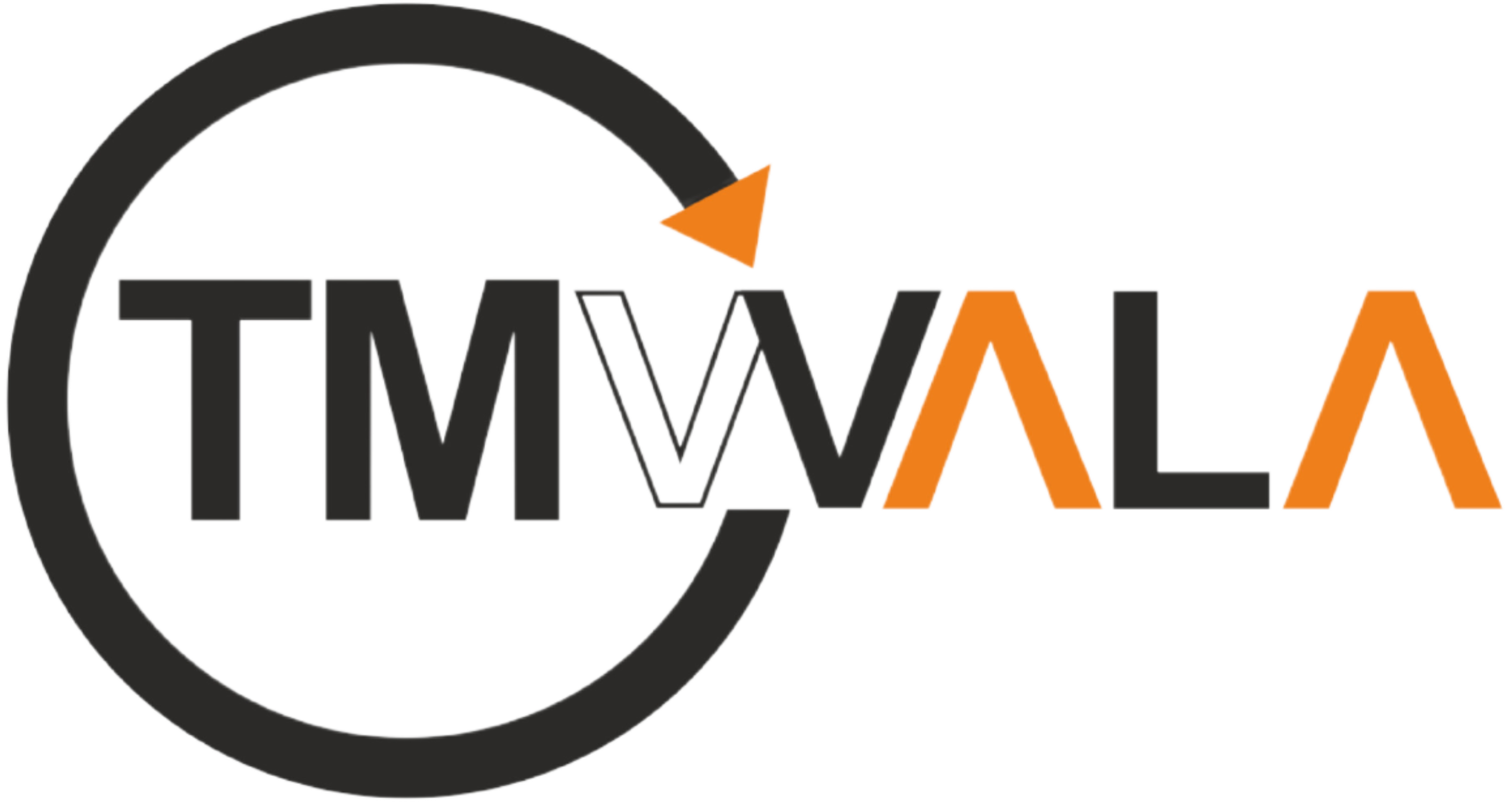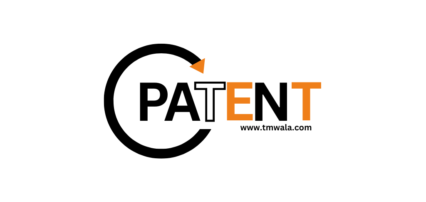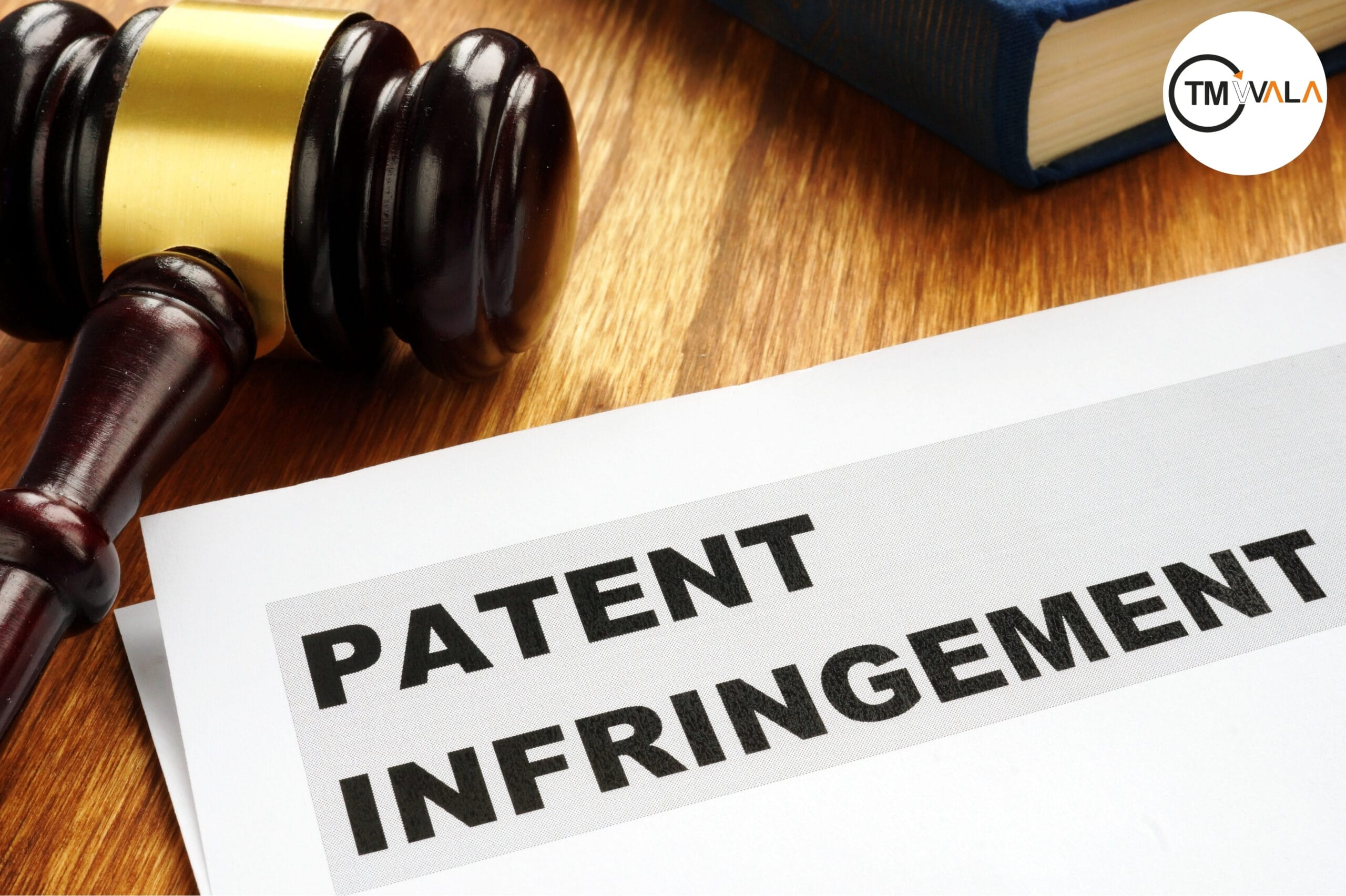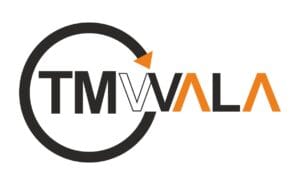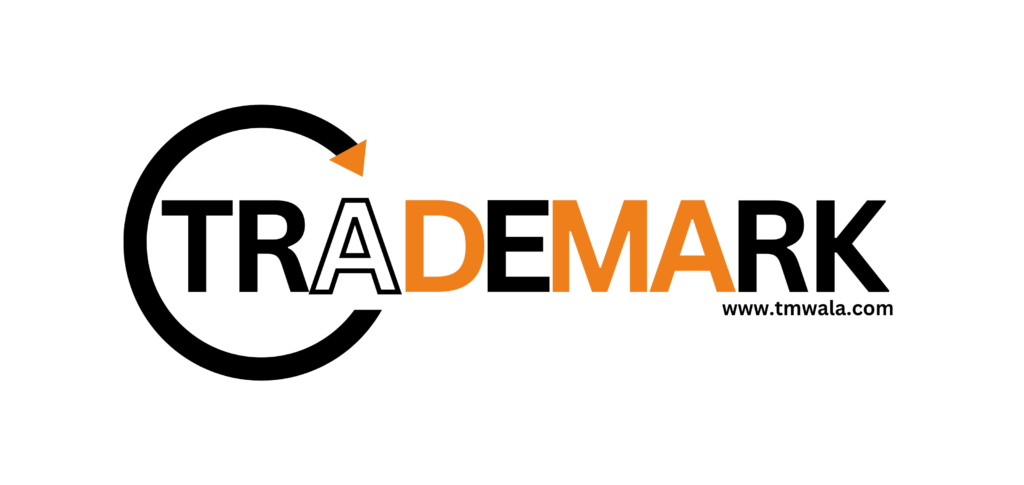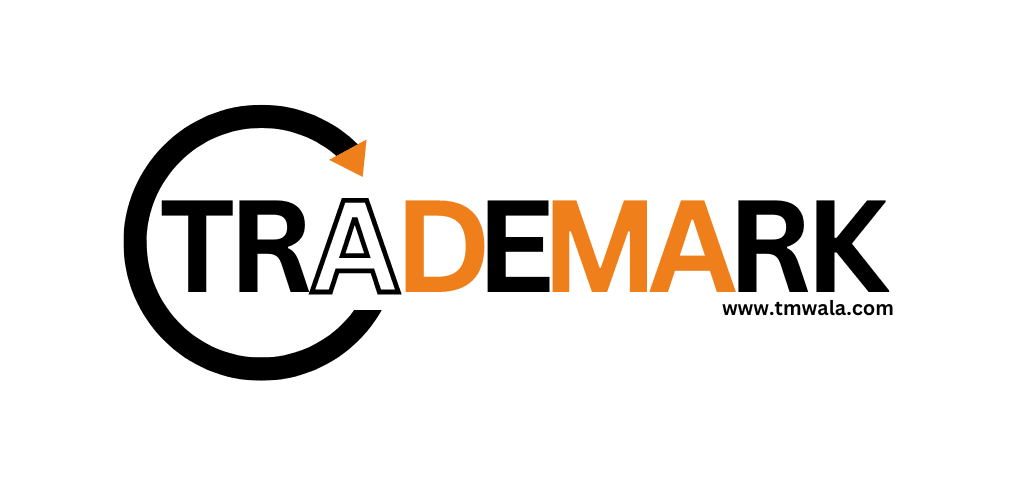Patent infringement is a significant issue in the world of intellectual property, impacting inventors, businesses, and industries alike. Understanding what constitutes patent infringement, the legal implications, and how to handle such disputes is crucial for protecting your innovations and defending against unjust claims. This comprehensive blog will explore the concept of patent infringement, its types, how to identify it, and the steps involved in handling an infringement case.
What is Patent Infringement?
Definition and Overview Patent infringement occurs when an individual or entity makes, uses, sells, or imports a patented invention without the permission of the patent holder. Patents grant inventors exclusive rights to their inventions for a specific period, typically 20 years from the filing date. Infringement undermines these rights and can lead to legal disputes.
Types of Patents There are three main types of patents:
- Utility Patents: Cover new and useful inventions or discoveries.
- Design Patents: Protect new, original, and ornamental designs for an article of manufacture.
- Plant Patents: Grant protection for new and distinct plant varieties.
Infringement can occur in relation to any of these patent types, although the specific rules and tests may vary.
Types of Patent Infringement
- Direct Infringement: Direct infringement occurs when a person or entity uses, makes, sells, or imports a patented invention without authorization. This is the most straightforward type of infringement and is determined by comparing the patent claims to the allegedly infringing product or process. Example: If a company manufactures and sells a product that exactly matches the claims of a utility patent without permission, it is committing direct infringement.
- Indirect Infringement: Indirect infringement involves two primary categories.
- Contributory Infringement: Occurs when a party provides components or materials used to infringe a patent, knowing that they are intended for that purpose.
- Active Inducement: Involves encouraging or aiding others to infringe a patent, with knowledge that their actions will constitute infringement.
Example: A company that sells parts of a patented machine, knowing that the buyer intends to use them to infringe the patent, may be liable for contributory infringement. Similarly, a company that promotes or provides instructions for using a patented method without permission may be liable for active inducement.
- Literal Infringement: Literal infringement happens when every element of a patent claim is present in the allegedly infringing product or process. The claims of the patent are compared directly with the features of the accused product or method. Example: If a patent claim describes a specific mechanism with particular components, and the accused product has all these components arranged in the same manner, it may constitute literal infringement.
- Doctrine of Equivalents: Even if the allegedly infringing product does not literally match the patent claims, it may still infringe under the doctrine of equivalents. This doctrine covers cases where the infringing product performs substantially the same function in substantially the same way to achieve the same result as the patented invention. Example: If a patent claims a specific chemical composition for a drug, and a similar drug with a slightly different composition performs the same function and achieves the same result, it may be considered an infringement under the doctrine of equivalents.
Identifying Patent Infringement
- Conducting a Patent Search: To determine whether a product or process infringes on a patent, start by conducting a thorough patent search. This involves reviewing patent databases to find relevant patents and claims.
- Analyzing Patent Claims: Carefully analyze the claims of the patent in question. The claims define the scope of the patent’s protection and are used to compare with the allegedly infringing product or process.
- Comparing Products and Processes: Compare the features of the accused product or process with the patent claims. This comparison will help determine if the product or process falls within the scope of the patent’s claims.
- Seeking Expert Opinions: Consult with patent attorneys or experts to get a professional opinion on whether a product or process infringes a patent. Their expertise can provide valuable insights and help in forming a legal strategy.
Legal Implications of Patent Infringement
- Remedies for Patent Holders Patent holders who prove infringement may be entitled to several remedies:
- Injunction: A court order to stop the infringing activities.
- Damages: Compensation for losses suffered due to the infringement, including lost profits or reasonable royalties.
- Attorney’s Fees: In some cases, the court may award attorney’s fees to the prevailing party.
- Defenses Against Infringement Claims: Defendants in patent infringement cases may raise several defenses:
- Non-Infringement: Arguing that the accused product or process does not infringe the patent claims.
- Invalidity: Claiming that the patent is invalid due to prior art, lack of novelty, or other reasons.
- Exhaustion: Asserting that the patent holder’s rights are exhausted due to the sale or distribution of the patented product.
- Impact on Businesses Patent infringement can have significant consequences for businesses, including legal costs, damage to reputation, and disruption of operations. It may also lead to costly litigation and settlement negotiations.
Steps to Handle a Patent Infringement Case
- Gathering Evidence: Collect all relevant evidence related to the alleged infringement. This includes patent documents, product specifications, and evidence of the accused activities.
- Sending a Cease and Desist Letter: A cease and desist letter is a formal notice sent to the alleged infringer, demanding that they stop the infringing activities. This letter may also outline the legal claims and potential consequences if the infringement continues.
- Negotiating a Settlement: In many cases, parties may seek to resolve the dispute through negotiation or mediation. A settlement can avoid the costs and uncertainties of litigation and may involve licensing agreements or other arrangements.
- Filing a Lawsuit: If negotiations fail, the patent holder may file a lawsuit in a competent court. The lawsuit will involve presenting evidence, arguing legal claims, and seeking remedies for the infringement.
- Litigation Process: The litigation process involves several stages, including discovery, trial, and potentially appeals. Each stage requires careful preparation and strategic decisions to maximize the chances of a favorable outcome.
- Exploring Alternative Dispute Resolution: In addition to traditional litigation, parties may consider alternative dispute resolution methods such as arbitration or mediation. These methods can provide a less formal and potentially quicker resolution to the dispute.
Case Studies and Examples
Example 1: Technology Sector A leading technology company filed a patent infringement lawsuit against a competitor for using a patented feature in their smartphones. The case involved detailed analysis of the patent claims and the accused products. The court ultimately ruled in favor of the patent holder, awarding damages and issuing an injunction.
Example 2: Pharmaceutical Industry A pharmaceutical company was accused of patent infringement by a competitor for producing a drug with a similar formulation. The case required a detailed examination of the patent claims and the chemical compositions of the drugs. The court found that the accused drug did not infringe the patent, leading to the dismissal of the claims.
Conclusion
Patent infringement is a complex and critical issue that can significantly impact businesses and industries. Understanding the types of infringement, how to identify them, and the legal implications is essential for protecting your intellectual property rights and managing disputes effectively.
Whether you are a patent holder seeking to enforce your rights or a defendant facing infringement claims, navigating the patent infringement process requires careful preparation, strategic planning, and often the assistance of legal experts. By understanding the legal landscape and following the appropriate steps, you can effectively address patent infringement issues and protect your innovations.
If you find yourself involved in a patent infringement dispute, consulting with a patent attorney or intellectual property expert can provide valuable guidance and support throughout the process. Their expertise will help you navigate the complexities of patent law and work towards a favorable resolution.
FAQs
1. What is patent infringement?
Patent infringement occurs when someone makes, uses, sells, or imports a patented invention without the patent holder’s permission, violating their exclusive rights.
2. What are the main types of patents that can be infringed?
- Utility patents (functional inventions)
- Design patents (ornamental designs)
- Plant patents (new plant varieties)
3. What are the different types of patent infringement?
- Direct infringement (unauthorized use, making, selling, or importing)
- Indirect infringement (contributory infringement or active inducement)
- Literal infringement (exact match to patent claims)
- Doctrine of equivalents (different form but same function, way, and result)
4. How can I tell if a product or process infringes my patent?
By conducting a patent search, analyzing the patent claims, comparing them to the product/process, and seeking expert legal opinions.
5. What is the difference between direct and indirect infringement?
Direct infringement happens when the entire patented invention is used without permission.
Indirect infringement occurs when someone helps, encourages, or supplies parts for others to infringe.
6. What legal remedies are available to a patent holder?
- Injunctions to stop infringement
- Damages for financial losses or royalties
- Attorney’s fees in certain cases
7. What defenses can an accused infringer use?
They may claim non-infringement, patent invalidity, or patent exhaustion as defenses.
8. What steps should I take if I suspect patent infringement?
Gather evidence, send a cease-and-desist letter, attempt settlement, and, if necessary, file a lawsuit or pursue alternative dispute resolution.
9. How long does a patent infringement case take?
It varies, but litigation can take months to several years, depending on complexity, court schedules, and whether the case settles early.
10. Do I need a lawyer for a patent infringement case?
Yes. Patent infringement cases are complex and require both legal and technical expertise to protect your rights and build a strong case.
